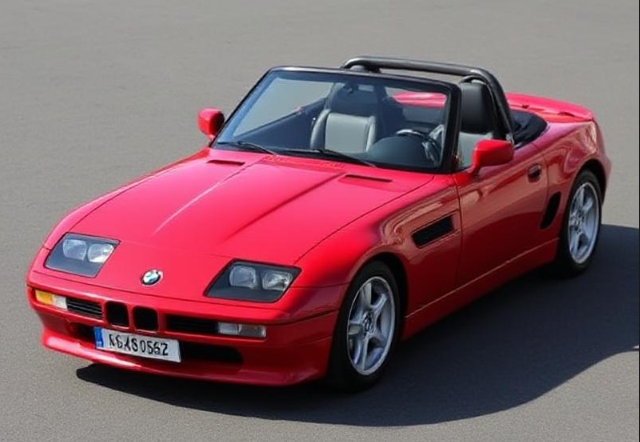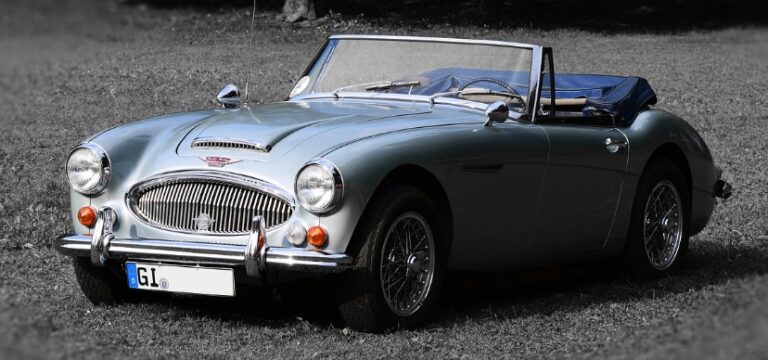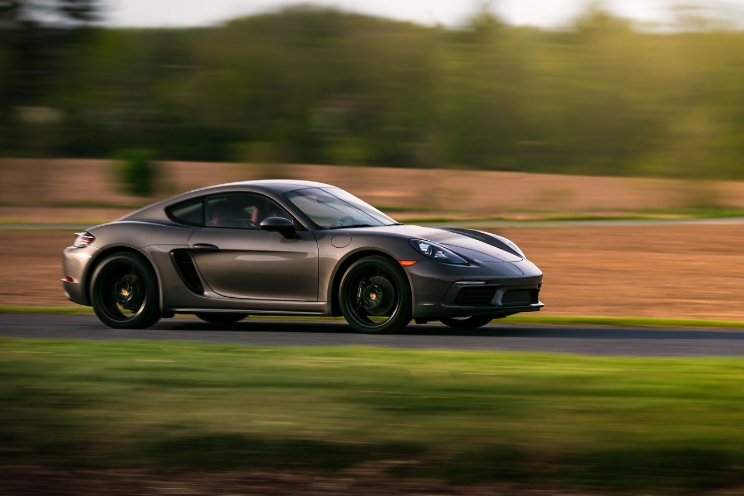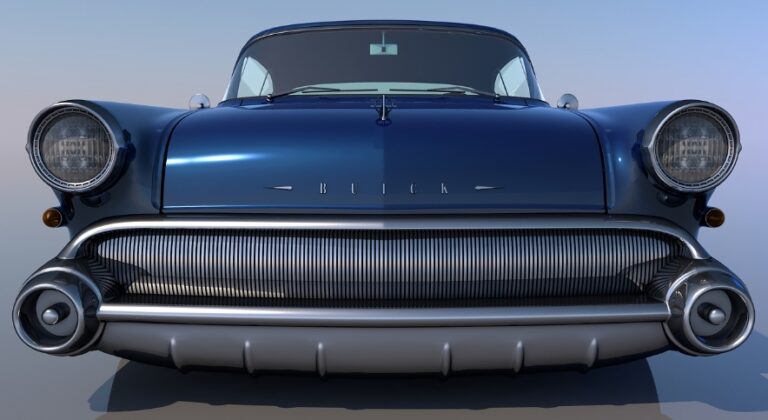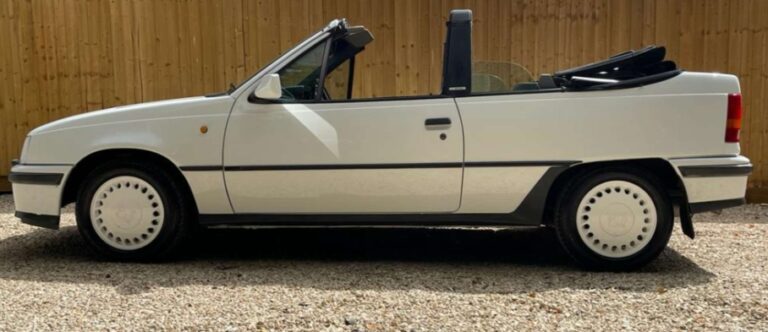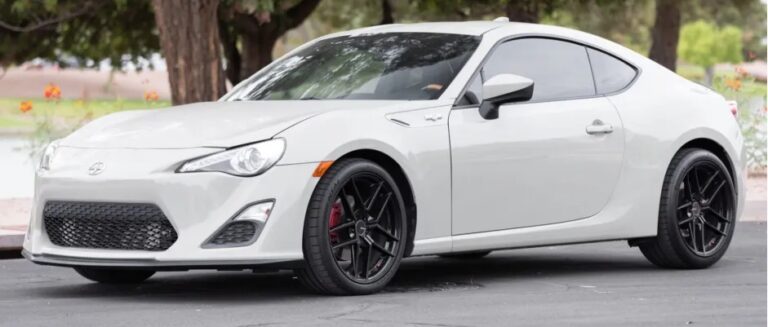The Evolution of the BMW Z1
BMW, a name synonymous with luxury and performance in the automotive world, made a bold entry into the realm of roadsters with the introduction of the BMW Z1. Produced between 1989 and 1991, the Z1 was a manifestation of BMW’s innovative spirit and engineering prowess, representing a significant chapter in the history of the Bavarian automaker. This article will delve into the evolution of the BMW Z1, highlighting its production years, models, and trim levels, as well as its lasting legacy in the world of sports cars.
1. Introduction to the BMW Z1
The BMW Z1 was conceived during a time when the automaker sought to innovate its product range and attract a new audience. As BMW looked to broaden its appeal, the Z1 was positioned as an affordable roadster that offered a unique driving experience combined with cutting-edge technology.
2. Production Years and Overview
The BMW Z1 was produced from 1989 to 1991 at the company’s plant in Spartanburg, South Carolina, although its design and engineering were rooted in Germany. Only 8,000 units of the Z1 were produced, reflecting BMW’s strategy to create a niche sports car rather than a mass-market vehicle. Due to its limited production, the Z1 has become a sought-after collector’s item over the years.
3. Design and Features
A hallmark of the BMW Z1 is its distinctive design. The Z1 featured a unique body style with retractable doors that opened horizontally, providing an adventurous feel to entry and exit. The design was inspired by the desire to have a vehicle that functioned as a part of the environment, allowing drivers to engage with their surroundings through a blend of open-air driving and innovative engineering.
The Z1’s body was made of plastic, which contributed to its low weight and resistance to corrosion. Underneath its striking exterior was a frame engineered for rigidity, providing a solid foundation for spirited driving while maintaining safety.
4. Engine and Performance
The BMW Z1 was powered by the M20B25 engine, a 2.5-liter inline-six engine producing 170 horsepower and 162 lb-ft of torque. Coupled with a 5-speed manual transmission, the Z1 had a 0-60 mph time of roughly 7.0 seconds and a top speed of 137 mph. The chassis was engineered to optimize weight distribution, providing agile handling and a connected driving experience.
5. Trim Levels and Options
During its brief production run, the BMW Z1 was offered in a single trim level, but buyers were presented with various options to customize their vehicle. The Z1 came equipped with features like power windows, central locking, air conditioning, sport seats, and a premium audio system.
Customers could also choose from a range of vibrant colors, including shades like Zinnoberrot (Red), Avusblau (Blue), and Verde Menta (Mint Green). The customization options lent individual character to each Z1, setting them apart from one another.
6. Special Editions and Unique Models
Although the BMW Z1 did not have significant special editions during its production life, it did attract a loyal following, leading to various unofficial modifications and enhancements by enthusiasts. Enthusiasts often favored upgrades to the suspension and exhaust systems, which further enhanced its sporty characteristics. Additionally, several Z1 models with specific features, such as upgraded audio systems or unique interior finishes, can occasionally be found on the collector market, reflecting the owner’s preferences and tastes.
.
THIS might be a great place to get your new car from!
Or for those who are into the “car flipping” business, here’s an excellent resource for you!

.
7. Legacy and Influence
The BMW Z1 was pioneering in its approach to the roadster genre, with its innovative design and engineering that set the stage for future models in the Z line. The Z1’s retractable doors and lightweight construction laid the groundwork for the more contemporary BMW Z3 and later models, including the Z4.
The Z1 also served as a testbed for new technologies that would later be integrated into other BMW models. As the automotive landscape evolved, the Z1’s spirit of innovation became a guiding principle for BMW’s design philosophy.
Although the Z1’s production ended, it remained popular among enthusiasts and collectors. The fact that BMW produced only 8,000 units made every Z1 a rare piece. The roadster quickly gained a loyal following and became iconic due to its style and driving dynamics.
In the decades following its production, the Z1 has appreciated significantly in value, a testament to its historical significance and desirability among car collectors. Today, the BMW Z1 is celebrated at automotive shows and clubs dedicated to classic BMW cars, where enthusiasts gather to celebrate its legacy and reminisce about its impact on the roadster genre.
8. Conclusion
The evolution of the BMW Z1 represents an era defined by innovation and a willingness to push the boundaries of automotive design. Although it had a short production life from 1989 to 1991, the Z1 left an indelible mark on the sports car segment, showcasing BMW’s commitment to performance, technology, and style.
With its unique features, such as the innovative retractable doors, lightweight construction, and sporty performance, the Z1 was more than just a car; it was an experience that captured the essence of open-air driving. As it continues to garner recognition and admiration among collectors and automotive enthusiasts alike, the BMW Z1 remains a symbol of a bygone era, where creativity and enthusiasm converged to create a modern classic.
In retrospect, the BMW Z1 serves as a reminder of the enduring spirit of BMW — a company that continues to innovate and inspire through its design and engineering prowess. The Z1’s legacy continues to influence the BMW lineup and serves as an emblem of the company’s commitment to producing vehicles that push the limits of performance and style. This automotive masterpiece may have had only a fleeting presence in the market, but its impact resonates through the ages, cementing its place in the annals of automotive history.
